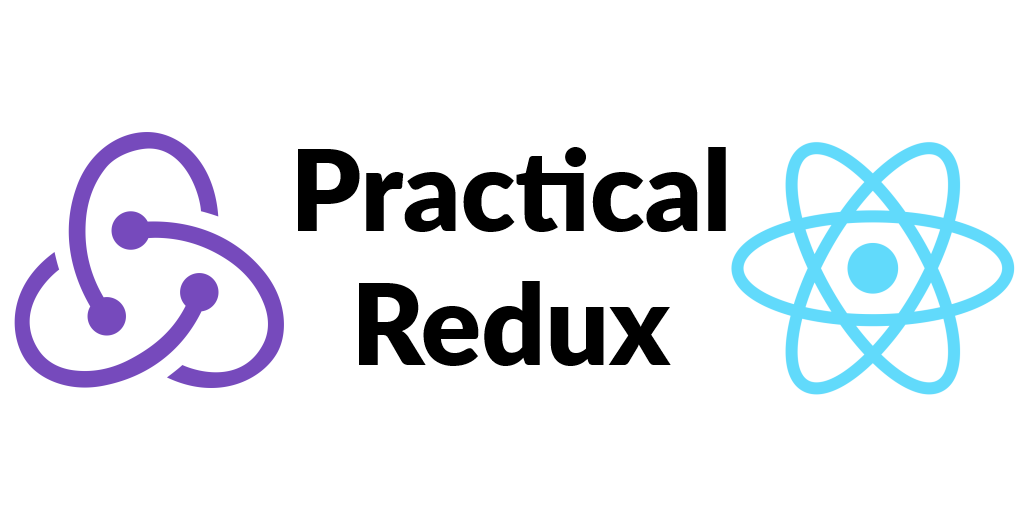
Introduction
Practical Redux – Free AI-Powered Course aims to bring developers up to speed with modern Redux usage by focusing on Redux Toolkit and React-Redux hooks. The course advertises AI assistance alongside comprehensive, hands-on tutorials and contemporary patterns. This review evaluates what the course offers, how it looks and feels, key features, real-world usage, and the strengths and weaknesses to help you decide if it fits your learning needs.
Product Overview
Manufacturer / Provider: Practical Redux (course creator)
Product category: Online developer course / e-learning resource
Intended use: Teach developers—beginners through intermediate—how to use modern Redux patterns with Redux Toolkit and React-Redux hooks, through guided tutorials and practical exercises.
Appearance and Design
As an online course, the “appearance” refers to the user interface, lesson layout, and visual presentation. The course presents a clean, minimalist learning environment focused on readability and code clarity. Lessons are structured into modular pages with clear headings, inline code snippets, and examples that are easy to scan. The code examples use syntax highlighting and readable fonts; there is an emphasis on practical snippets rather than long-form slides.
Unique design elements include an AI-assisted prompt area (branded as an AI helper), interactive code sandboxes embedded in lessons for instant experimentation, and concise “takeaway” sections at the end of lessons. These elements keep the learning loop short: read a concept, tweak code, and see results quickly.
Key Features and Specifications
- Free to use — no upfront cost for access to the core lessons.
- AI-powered assistance to provide hints, code suggestions, or clarifications as you work through exercises.
- Focused curriculum on Redux Toolkit and React-Redux hooks (useSelector, useDispatch, createSlice, createAsyncThunk, etc.).
- Hands-on tutorials and guided examples (interactive sandboxes or embedded playgrounds).
- Updated patterns and best practices for modern Redux usage.
- Short, focused lessons that emphasize practical application over theory-heavy exposition.
- Downloadable code examples and step-by-step walkthroughs for common app patterns.
- Responsive UI with readable code blocks, light/dark theme options, and compact lesson navigation.
Experience Using the Course
Getting started (beginners)
The onboarding experience is straightforward. Lessons start with basic Redux Toolkit concepts and the rationale for using it over classic Redux boilerplate. Beginners will appreciate the gradual introduction: slices, reducers, and hooks are presented with working examples you can modify in the embedded editor. The AI assistant is useful for clarifying small points (syntax reminders, short explanations), which reduces friction when you get stuck on a minor error.
Building a small app (practical learning)
When following a guided project — for example, a todo list or a simple CRUD app — the course shines. The tutorial provides a clear path: create a store with configureStore, define slices with createSlice, and interact with React components via hooks. Interactive sandboxes let you test state changes and time-travel-like behavior quickly. The exercises encourage applying patterns immediately, which cements learning.
Refactoring an existing codebase (intermediate scenario)
For developers migrating older Redux code, the course offers practical tips for replacing verbose reducers and action creators with slices and thunks. It highlights common migration pitfalls and demonstrates how to organize feature-based state. However, deeper migration topics (complex middlewares, cross-cutting concerns, or advanced performance tuning) are covered at a high level and may require supplementary material.
Advanced usage and edge cases
If you’re looking for deep dives into custom middleware, store enhancers, advanced normalization strategies, or profiling complex selector behavior, expect to supplement this course with additional resources. The course does a good job of teaching modern recommended patterns, but some advanced real-world scenarios are either briefly discussed or left as exercises for the learner.
Pros
- Free access makes it a low-risk option for learners and teams.
- Modern, practical focus on Redux Toolkit and React-Redux hooks — exactly the content developers need today.
- Hands-on exercises and interactive sandboxes accelerate learning by doing.
- Concise lessons and clear examples minimize time wasted on outdated Redux boilerplate.
- AI-powered assistance provides quick clarifications and code suggestions, improving flow when debugging small mistakes.
- Good for both beginners who need guided practice and intermediate devs migrating to recommended patterns.
Cons
- AI assistance quality can vary — it helps with small issues but is not a replacement for human mentorship or in-depth code reviews.
- Advanced topics (custom middleware, deep performance optimization, complex normalization) are not covered comprehensively.
- No formal certification or pro-level assessment included (based on the free tier), which may matter for resumes or employer validation.
- Limited instructor interaction — feedback is primarily via AI and automated checks rather than dedicated instructor reviews.
- Offline access or downloadable full lesson sets may be limited depending on the platform implementation.
Conclusion
Practical Redux – Free AI-Powered Course is an effective, pragmatic resource for learning modern Redux patterns with Redux Toolkit and React-Redux hooks. Its strengths are a practical, hands-on approach, interactive code sandboxes, and the helpful convenience of AI-driven assistance. For beginners and developers transitioning away from legacy Redux patterns, it offers a fast, low-cost path to relevant, production-ready skills.
If you need deep, specialized coverage of advanced Redux internals, middleware authoring, or large-scale performance tuning, plan to supplement this course with more advanced material or expert mentorship. Overall, as a freely available, practice-oriented course focused on contemporary Redux usage, it provides high value and is recommended for developers who want to move quickly from theory to working code.
Final verdict: Highly recommended as a practical, modern introduction to Redux Toolkit and hooks — especially valuable because it’s free and emphasizes real-world application. Use it as a foundation, and add specialist resources for advanced production-level challenges.




Leave a Reply